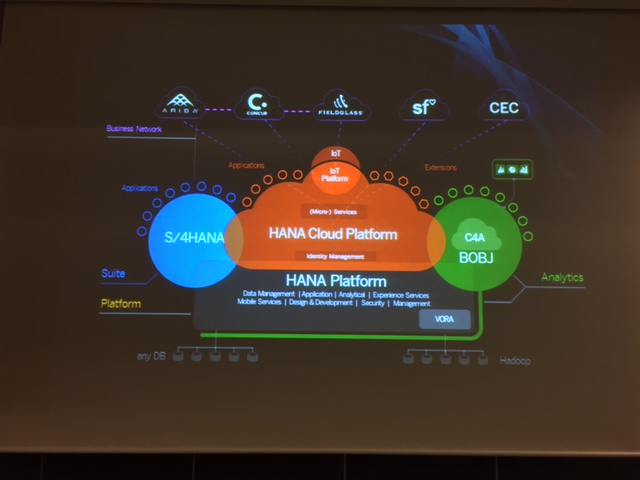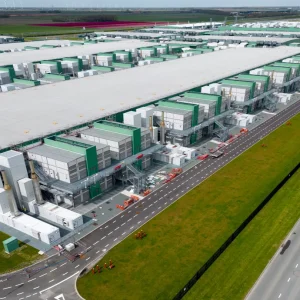
The SAP HANA innovation forum being held in Frankfurt continued the company’s focus on bringing together the CIO and business.
One of the first remarks from Bernd Leukert’s, Member of the Executive Board, SAP SE, was: "There has been an historic gap between the CIO and business, this has to be over. If the gap remains then they will become obsolete."
It’s unsurprising to note that SAP believes that HANA should be the main platform that is used to build a digital business on.
With the company’s ideology out of the way, the focus was really on use cases in healthcare.
Leukert said: "With power and better access to information, patients can take control of their healthcare, why always trust a doctor?"
While giving patients greater access to medical data to better understand their condition is undoubtedly good, the patient is not trained as a doctor, in the end the doctor will or should know best.
SAP Medical Insights and Foundation for Health are two new ways that the company is aiming to democratise data in healthcare; using data from multiple sources to better understand a disease.
You could easily switch and replace disease with supply chain, or any other area that the company is pushing its software. The message is the same, integrating data and bringing it together to make more informed decisions.
This isn’t unique to SAP, other companies doing the same thing are Microsoft, IBM or Oracle.
Where the keynote speakers; Leukert and Steve Lucas, Global president, SAP Platform and Analytics, believe their offering differs is in its real-time analytics and with the HANA Cloud Platform, bringing the technology to the smallest business and user case.
Steve Lucas took over for the second half of the keynote, again with a focus on healthcare and bringing data together, but also with some focus on the transformation of the company.
Lucas, said that it makes him "bristle" when SAP is described as an ERP company because the company has done a lot to transform.
He acknowledged how the company used to use technology from the likes of IBM and Oracle, but said: "It was too hard and complicated building on other systems, we spent all our time integrating instead of innovating."
The internal example of transformation is one that HPE has been using to position itself as a company that knows the struggles of transformation, appears to be one that SAP is keen to identify as well.
Of course there were the standard sales pitches of why SAP, but the focus of the keynote was about being at the core, creating standardisation and bringing data together for simplicity.






